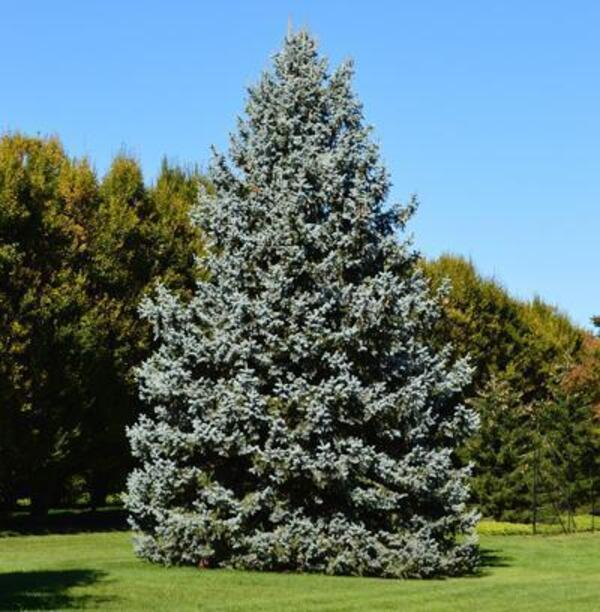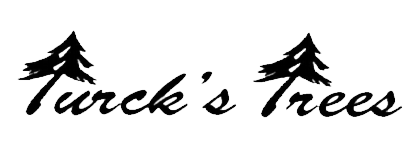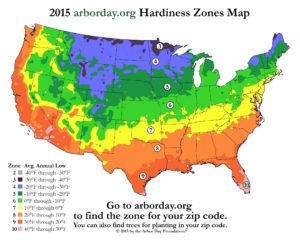Meyer Spruce
Considered an exotic evergreen in the United States, the Meyer Spruce is catching on as a favored alternative to the Blue Spruce.
A native of China and Russia, it’s virtually identical to its American counterpart in shape, color, and texture. Picea meyeri is a species of spruce native to Nei Mongol in the northeast to Gansu in the southwest and also inhabiting Shanxi, Hebei and Shaanxi.
Like the Blue Spruce, it’s most notable for its distinct, blue-green color and tapered conical shape. But it is very disease resistant. Tolerant of common pests that can wreak havoc on other species. You can grow the Blue Spruce with little success in some places but find that this conifer can thrive. Not only is it versatile and adaptable, from living privacy fences and sound barriers to breaks against cold winds and snow, but your Meyer Spruce is healthier and better-developed.
Tipped in silvery-blue, boughs are upright and dense with foliage. Soft, needle-like leaves are half-inch to an inch long and cover the branch in a uniform, spiral fashion, making it perfect for a festive look during winter…especially when it’s covered in snow. And since it weathers fluctuating conditions, from hot and cold to dry and rainy, it’s a vigorous, hardy grower.
This is a relatively low maintenance tree. It is a medium-sized evergreen tree growing to 40 feet tall, and with a trunk diameter of up to 2.5 feet. The shoots are yellowish-brown, glabrous or with scattered pubescence. The leaves are needle-like, 13-25 mm long, rhombic in cross-section, bluish-green with conspicuous stomatal lines. The cones are cylindric, 3 to 5 inches long and 2 inches broad, maturing pale brown 5-7 months after pollination, and have stiff, smoothly rounded scales.
The Meyer Spruce stands dry soils and the ends of the needles are not sharp so it may look like a blue Spruce but the needles do not hurt you. Seedlings tend to show a more uniform blue color. Needles of tree become more blue with age.
It has a low canopy, and should not be planted underneath power lines. It grows at a slow rate, and
under ideal conditions can be expected to live for 80 years or more.

Botanical name: Picea Meyeri
All Common Names: Meyer Spruce, Chinese Blue Spruce
Family (English): Pine
Family (Botanic): Pinaceae
Foliage: Evergreen (Retains most of its needles year-round)
Height: 30-40′
Spread: 15-20′
Shape: Broad, Irregular, Pyramidal
Exposure: Full Sun to partial shade
Foliage: Blue green
Fall Foliage: Same
Zone: 4-7



